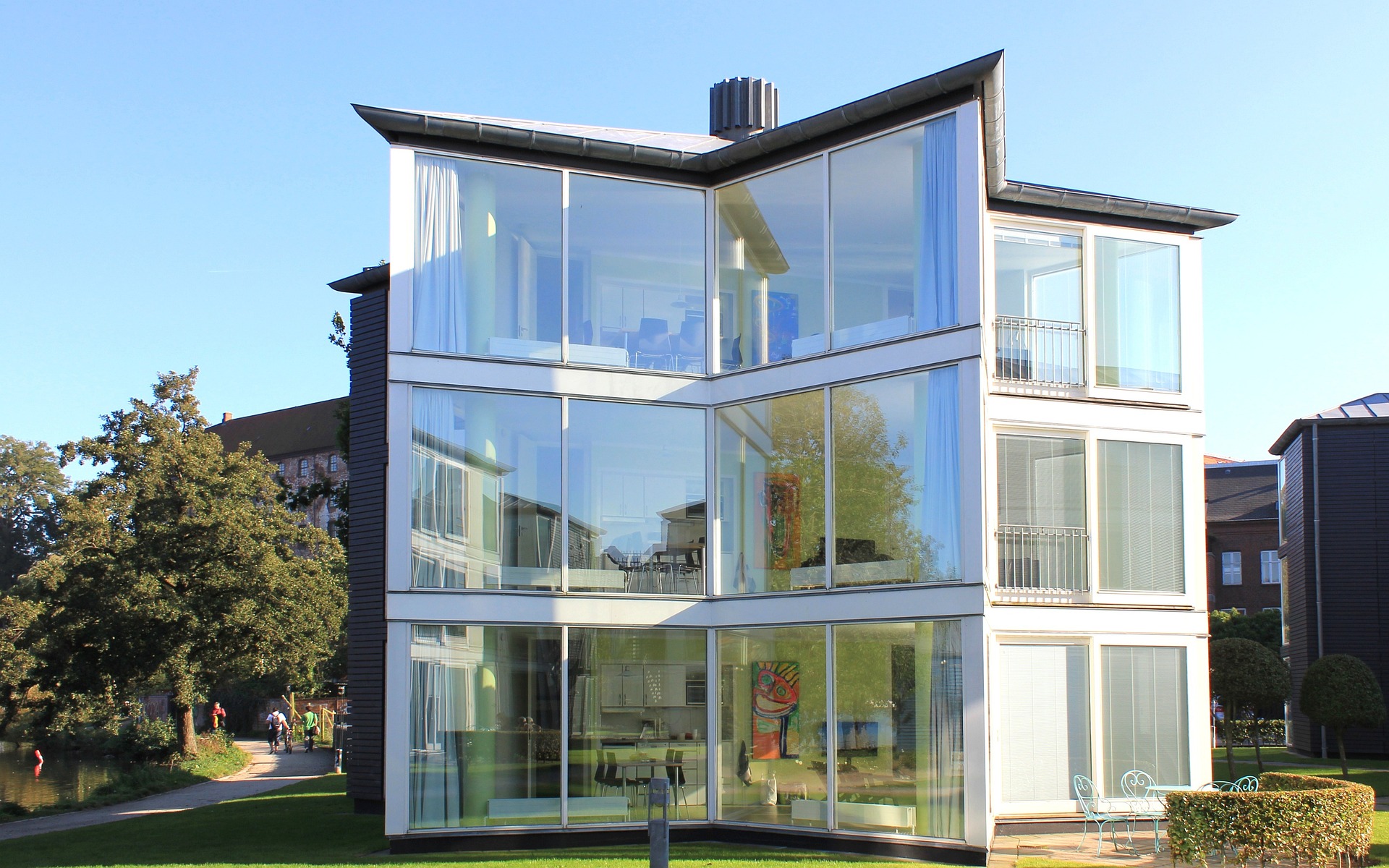Making Sense of the Cohousing Boom: A New Era of Community Living in Real Estate
Understanding the shift towards a community-based living model, popularly known as cohousing, is unprecedented in the annals of contemporary real estate. This approach outlines a contemporary framework for housing with a significant focus on fostering tight-knit communities and shared spaces. This article delves deep into the background, recent trends, potential benefits, and challenges related to cohousing in the United States.

The Genesis of Cohousing
Originally inspired by the Danish “bofællesskab” concept, cohousing emerged in the United States in the 1960s. The aim was to create an intimate neighborhood experience, merging the personal intimacy of private homes with the shared advantages of public spaces. Early cohousing efforts had minor impacts, but a renewed interest in these alternative living arrangements has recently surfaced, molding a new direction for the real estate industry.
Cohousing in Recent Times
Data from the Cohousing Association of America indicates a substantial increase in cohousing communities within the last decade, with over 170 established communities and about 150 more in the planning or construction phase. The growing popularity of cohousing can be linked to several factors including a desire to combat loneliness, economic constraints, and an inclination towards sustainable living.
Unraveling the Benefits of Cohousing
Cohousing properties promote a sense of belonging through shared spaces and community engagement, resulting in effective social interaction among residents. Economically, shared resources permit affordability without sacrificing lifestyle amenities. Furthermore, cohousing promotes a more sustainable way of life through shared resources and collective decision-making, leading to environmental benefits.
The Challenges of Cohousing
Cohousing isn’t without its challenges. Convincing potential buyers of the benefits of such a lifestyle can be arduous due to ingrained social norms around private living. Financial difficulties may also arise due to banks’ unfamiliarity with the cohousing model, leading to challenges in securing funds. Lastly, decision-making in a cohousing community can often be time-consuming and requires a fine balance of diplomacy and compromise.
The Breath of Impact on Real Estate
The cohousing trend has significant implications for the real estate market. Besides offering affordable and sustainable living options to buyers, it gives real estate developers and investors a unique and profitable investment opportunity. However, it also requires them to adapt their approach to construction and marketing in line with this new shift.
Overall, while cohousing presents its unique set of challenges, its rising popularity indicates a niche investing opportunity paying dividends in personal satisfaction and creating sustainable communities. The trend underscores the dynamic nature of the real estate landscape and reaffirms the importance of staying aware of emerging trends in an industry traditionally rooted in stability.




